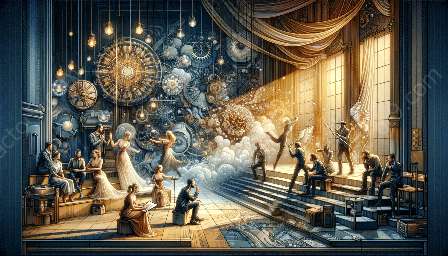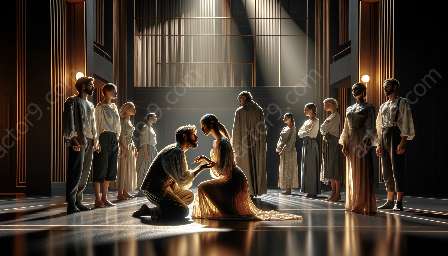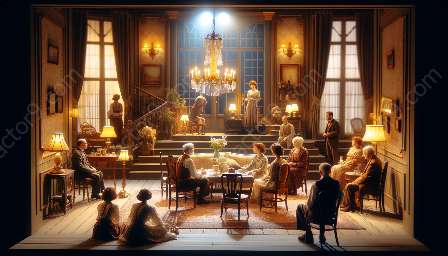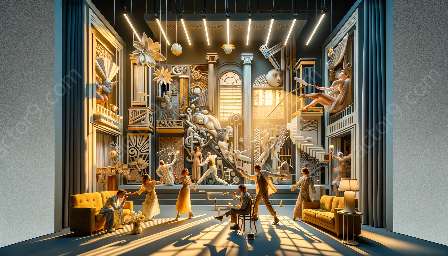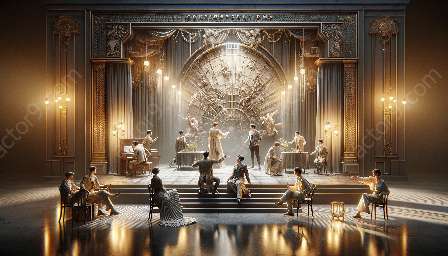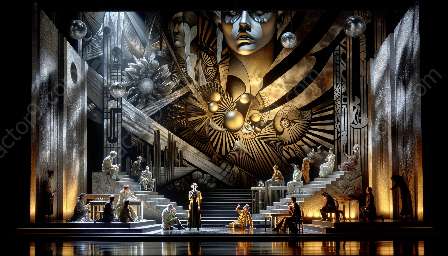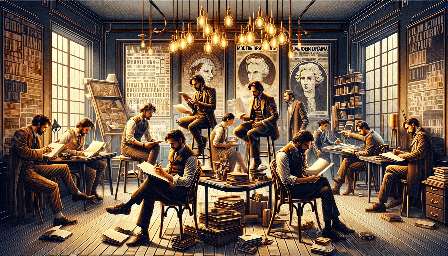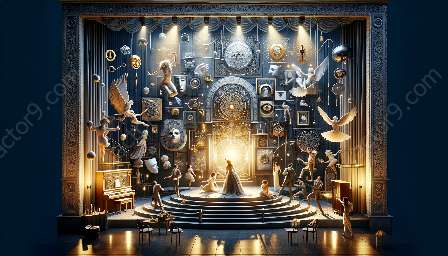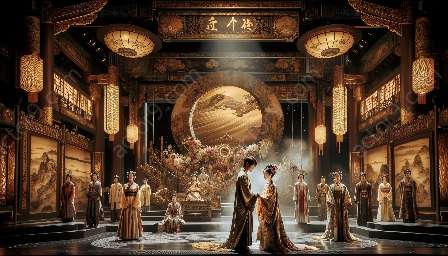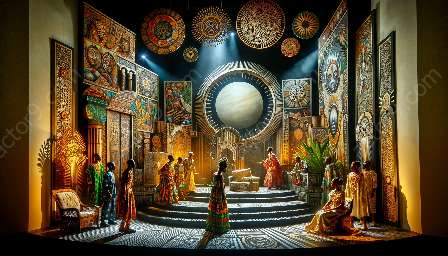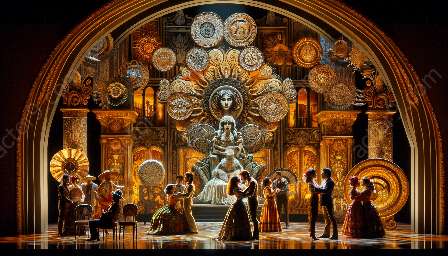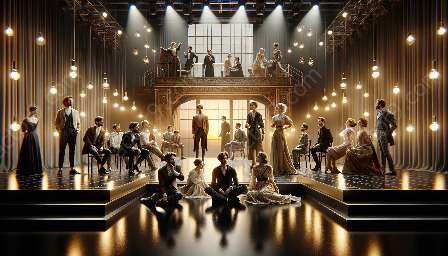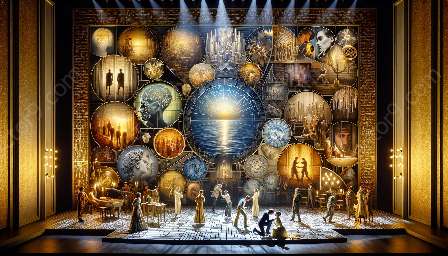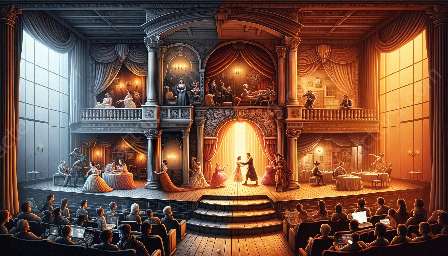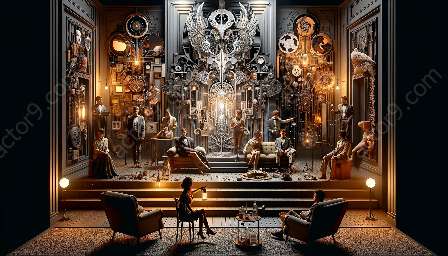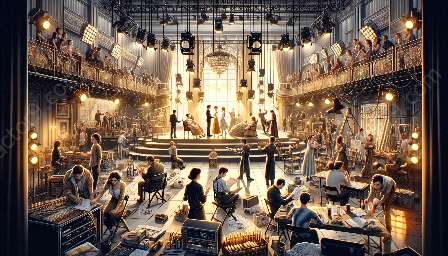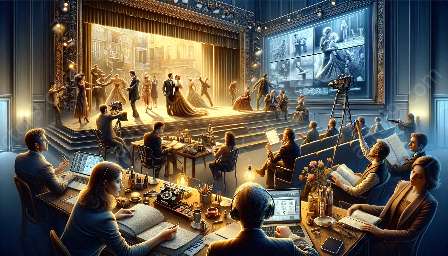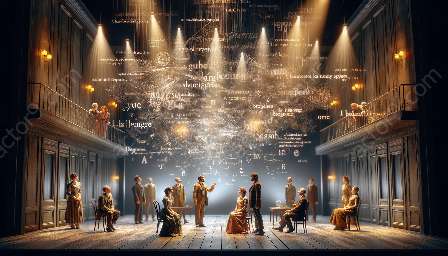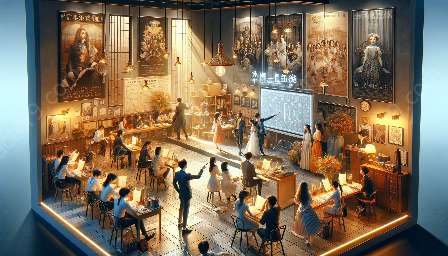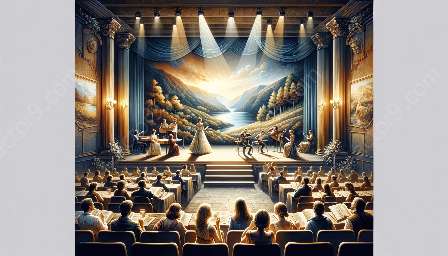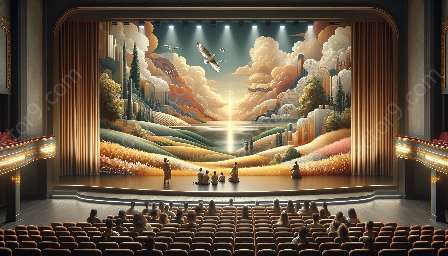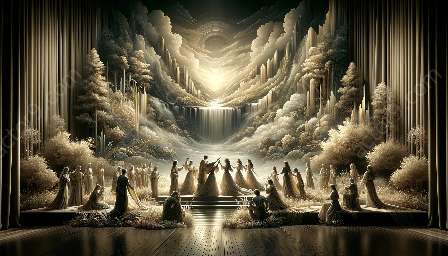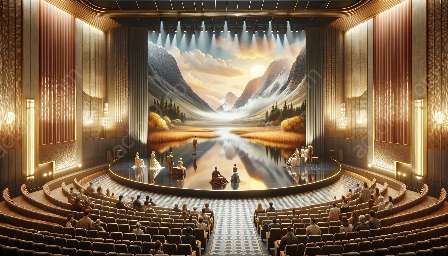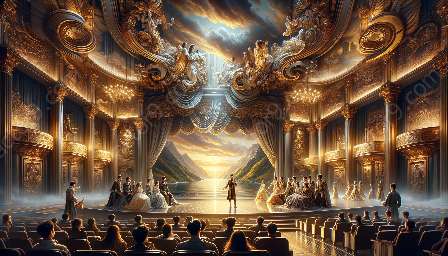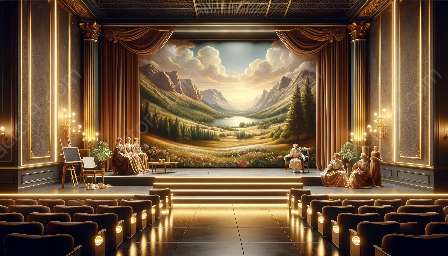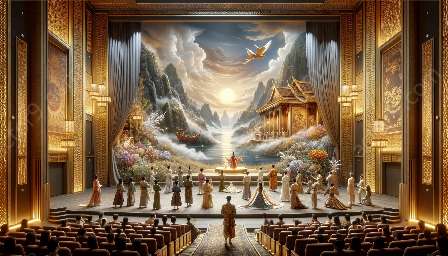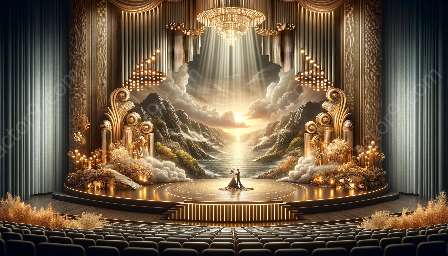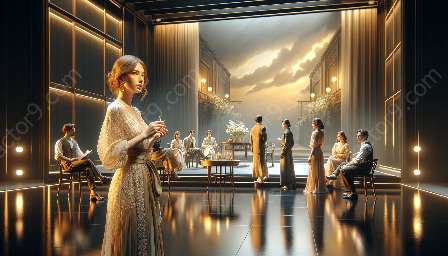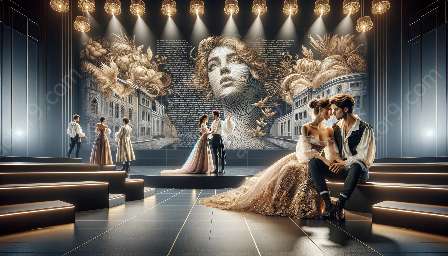Modern drama has evolved significantly in response to technological advancements, shaping the way productions are developed, marketed, and promoted. As the integration of technology continues to transform the theatrical landscape, it is essential to understand its profound impact on modern drama.
The Influence of Technology on Modern Drama Production
Technology plays a pivotal role in modern drama production, revolutionizing stage design, lighting, sound, and special effects. With the emergence of cutting-edge equipment and software, productions can create captivating visual and auditory experiences, enhancing storytelling and audience immersion. Virtual reality (VR) and augmented reality (AR) technologies have further expanded the possibilities for creating immersive theatrical worlds, pushing the boundaries of traditional stagecraft.
Moreover, advancements in digital filmmaking and editing have empowered modern drama producers to experiment with innovative cinematic techniques, blurring the lines between live performances and film. This fusion of technology and traditional theater has resulted in captivating and dynamic productions that appeal to modern audiences.
Technology-Driven Marketing Strategies for Modern Drama
In the realm of marketing, technology has proven to be a game-changer for modern drama. Digital platforms, social media, and immersive websites enable producers to reach a wider audience and cultivate a dedicated fan base. Online ticketing systems and virtual seating charts enhance the convenience of booking tickets, providing patrons with a seamless and personalized experience.
Furthermore, data analytics and customer relationship management (CRM) technologies empower producers and marketers to understand audience preferences, purchase behavior, and engagement patterns. This invaluable insight enables targeted marketing campaigns, personalized communications, and strategic pricing strategies, ultimately maximizing ticket sales and audience retention.
Enhanced Audience Engagement through Technological Innovations
Beyond production and marketing, technology has redefined audience interaction and engagement in modern drama. Interactive mobile applications, live streaming, and virtual reality experiences bring theater enthusiasts closer to the creative process, offering behind-the-scenes access and interactive content.
Additionally, modern drama productions are leveraging social media platforms and interactive storytelling techniques to foster a sense of community and dialogue among audience members. Emerging technologies, such as interactive projection mapping and gesture recognition, enable unprecedented levels of audience participation, blurring the boundaries between performers and spectators.
The Impact of Technology on the Creative and Commercial Landscape
The integration of technology in modern drama has not only revolutionized the creative process but also reshaped the commercial landscape. Virtual productions, digital distribution channels, and streaming services have expanded the reach of modern drama, transcending geographical limitations and enabling global accessibility.
Furthermore, the proliferation of crowdfunding platforms and online fundraising initiatives has empowered aspiring playwrights, directors, and theater companies to bring their innovative projects to fruition. Technology has democratized the theatrical industry, providing opportunities for diverse voices and perspectives to thrive in the modern drama landscape.
Conclusion
In conclusion, technology serves as a catalyst for transformative change in modern drama production, marketing, and promotion. From immersive stagecraft to data-driven marketing strategies and enhanced audience engagement, technology continues to redefine the theatrical experience, bridging the gap between traditional theater and the digital age.
As modern drama embraces the possibilities offered by technological innovation, the synergy between art and technology propels the theatrical landscape into a dynamic future, enriching the creative process and expanding the reach of modern drama across global audiences.


